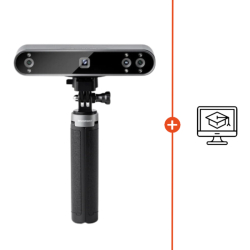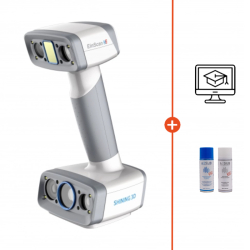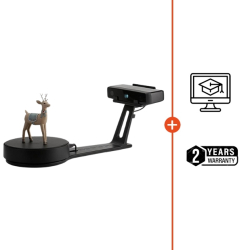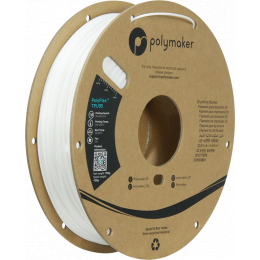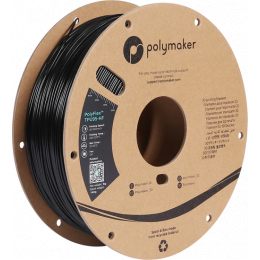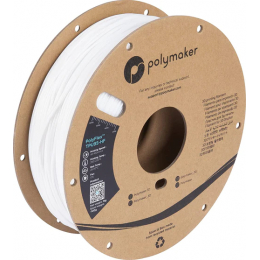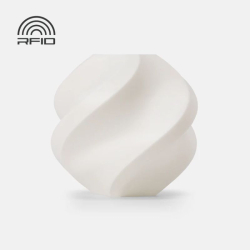- 👨🔧 Premium After-sale service
- 🚚 Free delivery from €39.90
- 📦 Return under 14 days
- ✉️ Customer service
Flexible filament for 3D printers
Active filters
Flexible filament for 3D printers
The category of flexible filaments has the particularity of not being made up of just one type of material. Here we will group together 3D printing materials characterised as soft and flexible, regardless of their actual composition.
We will use the generic term flexible to highlight the behaviour of these elastomers. Low shore hardness, high elasticity and impact resistance are the main advantages of these thermoplastics.
Flexible filaments are suitable for 3D printing technology FDM and are available in the usual diameters 1.75mm or 2.85mm but, for greater speed, direct drive printers are preferred for printing this category of filament.
Depending on the shore hardness value selected, you will have a material that is more or less flexible and elastic. It is important to specify that the value announced (tpu 98a for example) is valid for the filament on the spool.
Once it has been transformed by 3D printing, and depending on thethickness of the shells or the filling density of your creations, the shore value displayed will be modified, allowing you to adapt it to your needs.
Whether for grip, damping, protection, conveying or wear elements, these filaments are used extensively in industry and prototyping offices.
How are flexible filaments printed?
In order to distinguish between the compositions of these so-called flexible 3D threads (TPE - thermoplastic elastomer), we find filaments based on TPU (polyurethane), such as the TPU98A version from Forshape, or those based on copolyester (TPC), such as the ID2045 version from DSM.
Which Shore hardness for which applications?
Shore hardness is the value used to indicate the flexibility and elasticity of a material. Shore hardness testing is the study of the indentation of a point on a segment of a test specimen, hence the term hardness. In actual fact, the shore hardness values of flexible filaments are linked to the elongation rate, which is a better indication of their true elasticity.
The shore hardness scale exists in two forms, shore A and shore D. Details of these scales and their relationship can be found in the guide to flexible filaments.
For applications requiring grip, protection and impact resistance, the shore hardness value is of little importance. In these cases, we prefer a flexible filament such as TPU98A from Forshape, which is easy to use and high-performance.
For greater flexibility, cushioning and grip, we recommend a slightly lower hardness, such as 92A. The lower the value, the softer your material will be.
Which spool of flexible filament should I choose?
When buying your flexible filament spool, you need to consider two technical parameters before talking about applications. Is your printer direct drive or bowden? Does it have a heating plate?
A direct drive 3D printer will have the advantage when printing the most flexible materials (< 92A). If you have a bowden model (1.75mm in particular), we recommend the 95A and 98A versions of TPU or TPC, which have better sliding properties and are therefore less constrained by the passage through the bowden.





















